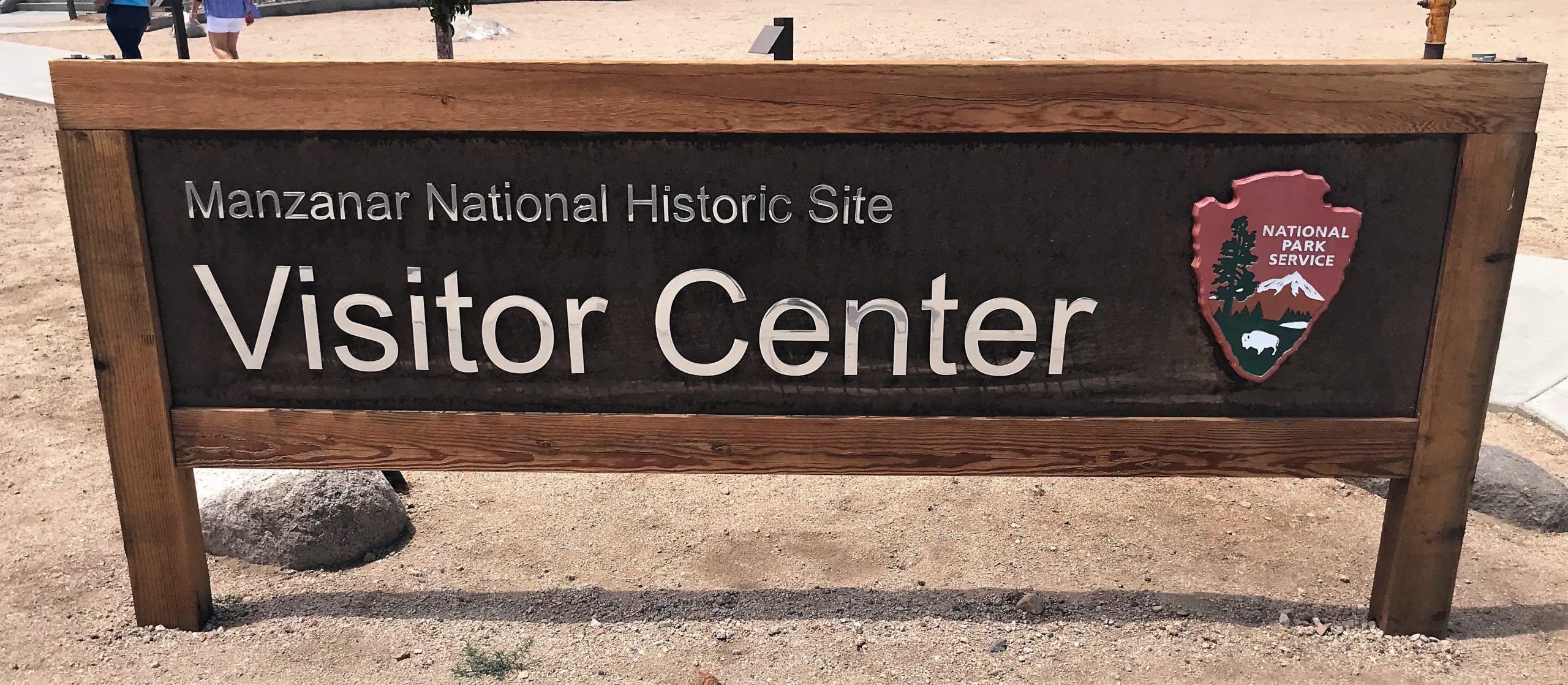Manzanar War Relocation Center – Independence, CA
Manzanar War Relocation Center
Manzanar War Relocation Camp is a good place to stop and explore your way.

Manzanar was a Japanese American internment camp located in the Owens Valley of California, USA. The camp was in operation from 1942 to 1945, during World War II, and was one of ten internment camps where Japanese Americans were forcibly relocated and incarcerated by the US government.
The decision to establish internment camps was made by President Franklin D. Roosevelt after the Japanese attack on Pearl Harbor in December 1941. The government claimed that Japanese Americans, even those who were born in the US, posed a security risk and needed to be removed from the West Coast. In February 1942, Roosevelt signed Executive Order 9066, which authorized the forced relocation of Japanese Americans to internment camps.
Manzanar was one of the first camps to be established, and it held over 10,000 Japanese Americans at its peak. The camp was located in a remote and desolate area, and the living conditions were difficult. The barracks were small and lacked privacy, and the internees had to endure harsh weather conditions, including extreme heat in the summer and freezing temperatures in the winter. The internees were also subjected to a strict curfew and were not allowed to leave the camp without permission.
Despite these challenges, the internees tried to make the best of their situation by creating a sense of community and organizing activities such as sports, music, and art classes. They also published a newspaper, the Manzanar Free Press, which documented life in the camp and served as a forum for discussion and debate.
The internment of Japanese Americans has been widely criticized as a violation of their civil rights and a stain on US history. In 1988, President Ronald Reagan signed the Civil Liberties Act, which formally apologized for the internment and provided reparations to surviving internees.


Today, Manzanar is a National Historic Site and a reminder of the injustices that were committed during World War II. The site includes a museum and interpretive center that tells the story of the internment and honors the resilience of the Japanese American community.
Here are the names and brief histories of some of the major camps:
Manzanar: Located in California, Manzanar was one of the largest and most well-known Japanese American internment camps. Over 10,000 people were detained there between 1942 and 1945.
Tule Lake: Also located in California, Tule Lake was one of the most controversial camps, as it was designated as a segregation center for “disloyal” Japanese Americans. Many detainees were sent there after refusing to swear allegiance to the United States or serve in the military.
Heart Mountain: Located in Wyoming, Heart Mountain was one of the largest internment camps, with a population of over 10,000 at its peak. It was known for its harsh winters and poor living conditions.
Minidoka: Located in Idaho, Minidoka was home to over 9,000 Japanese Americans during the war. Many detainees worked on nearby farms as part of the government’s “relocation” program.
Topaz: Located in Utah, Topaz was one of the later internment camps to open, and its population peaked at over 8,000. Detainees at Topaz were able to create a thriving community, with schools, churches, and businesses.
Gila River: Located in Arizona, Gila River was home to over 13,000 Japanese Americans during the war. Many detainees worked on nearby farms or in factories producing goods for the war effort.
In addition to these camps, there were several other smaller camps scattered throughout the western United States. The last of the camps were closed in 1946, and it wasn’t until several decades later that the US government officially apologized for the internment and offered reparations to surviving detainees
Manzanar Barracks
